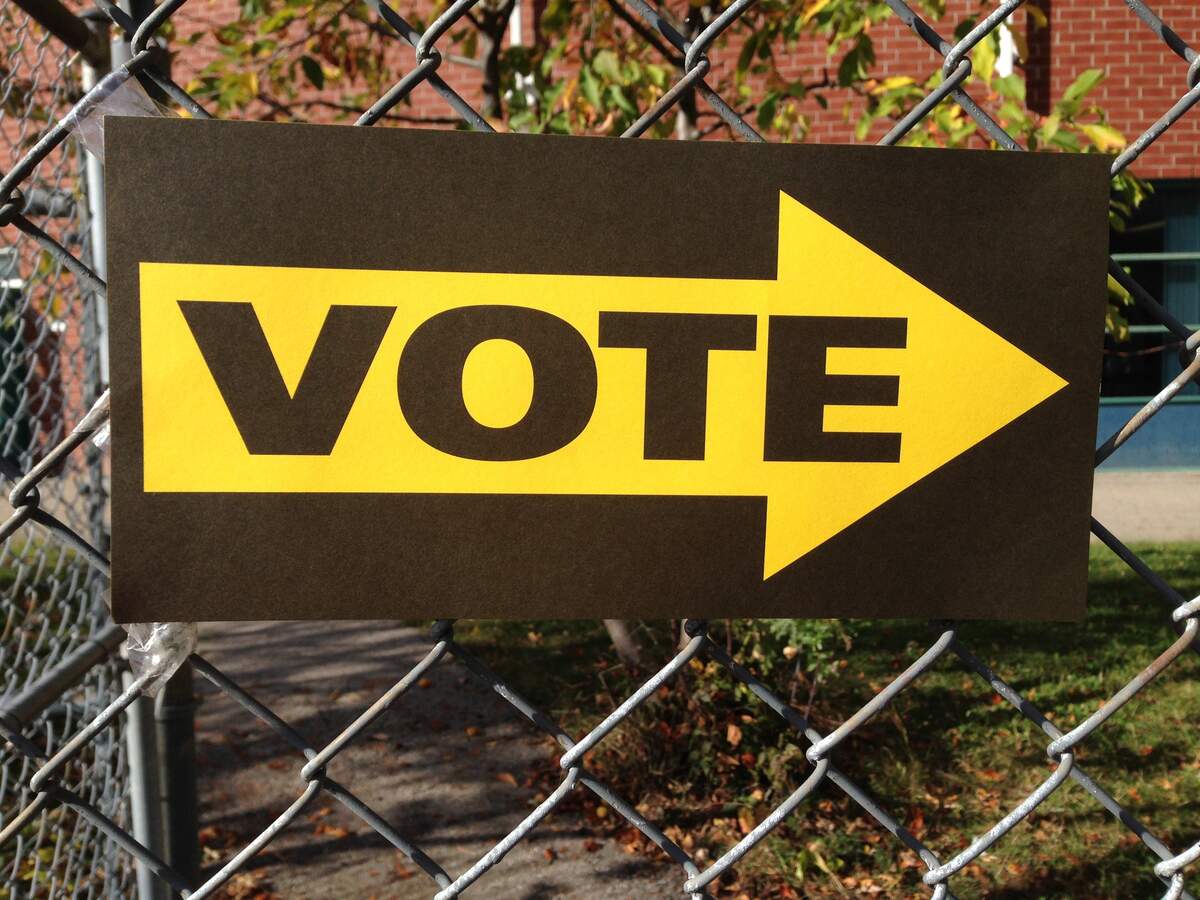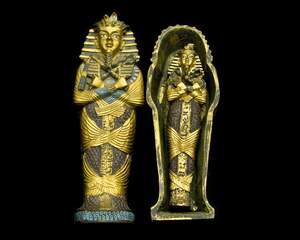

Election Day
Observed
the day after the first Monday in November (since 1845)
Dates
Founded by
United States Congress on January 23rd, 1845
Tags
Federal & Official
Government & Politics
Hashtags
Sources
Election Day is a day set aside in the United States for the general election of federal public officials, which include the president, vice president, and members of Congress. It takes place on "the Tuesday next after the first Monday in the month of November," which translates to the first Tuesday after November 1, which falls sometime between November 2 and November 8. The presidential election is held every four years, during years that are divisible by four. Elections for members of the US House of Representatives and US Senate are held every two years: all Representatives are up for election each election, as they serve two-year terms, while the elections of Senators are staggered, with only a third of them being up at a time for election to their six-year terms. The elections that take place halfway between a president's term are called midterm elections.
State and local elections, such as gubernatorial elections, are usually held on the same date as those for federal offices since doing so is convenient and saves money. But some states hold elections for governors and other officials on odd-numbered years, which are known as off-year elections. Election Day is a public holiday or civic holiday in some states, and some states require giving citizens the ability to take off work to vote without loss of pay. In most states, voters have the option to vote early or vote absentee by mail. These options have expanded in recent years, and some states vote primarily by mail.
There have been a number of ideas of ways to help increase voter turnout. Proposals have been made to make Election Day a federal holiday or to create Democracy Day as a holiday to coincide with Election Day. There have also been calls to put Election Day on Veterans Day. Other suggestions have included allowing multiple-day voting, mandating paid time off on Election Day, and encouraging early voting and voting by mail.
Election Day wasn't always on the date it is now. Congress decided in 1792 that states had to choose presidential electors sometime during the 34 days prior to the first Wednesday in December. There was no set Election Day, but over half the states at the time and in the early nineteenth century held their presidential elections in early November, although not all on the same day. This could be problematic because the results in one state could change voter opinion or affect turnout in another state. To remedy this, Congress passed a law in 1845 creating a national date for choosing presidential electors. This is when Election Day began being held on "the Tuesday next after the first Monday in the month of November."
Why was "the Tuesday next after the first Monday in the month of November" chosen for Election Day? Why is the day on a Tuesday, why is it in November, and why not have it on November 1? The United States was largely an agrarian society at the time. Many farmers lived far away from their polling place and needed time to travel to it. Tuesday was chosen so that church could be attended on Sunday and so Monday could be used as a travel day to the polls. By having Election Day on Tuesday, voters could be home by Wednesday, the day of the week that farmers would usually sell their produce at market. November was chosen as the time of year because it was after the planting and harvest season but before the worst winter weather arrived, which still allowed travel to take place unimpeded. November 1 was prevented from being Election Day because the first of the month was often the day when merchants tallied their books from the previous month.
The 1845 law applied to presidential elections but did not affect other federal elections. In 1872, Congress passed a law to align the House elections with the presidential elections, to begin holding them on "the Tuesday next after the first Monday in November" starting in 1876, and to take place "in every second year thereafter." The Seventeenth Amendment was ratified in 1913 and allowed for the popular election of Senators. These elections began being held during the biennial House elections the following year. The date of Election Day was created by Congress, and the only way it can be changed is through law by Congress.
How to Observe Election Day
Some ways you could spend the day include:
- Find your polling place and information about how to register to vote.
- Vote! Most polling places even give you a sticker when you vote.
- Watch the election results come in.
- Look into becoming a poll worker.
- Read a book about a US presidential election.
- Watch Race for the White House or another documentary that focuses on elections in the United States.





















